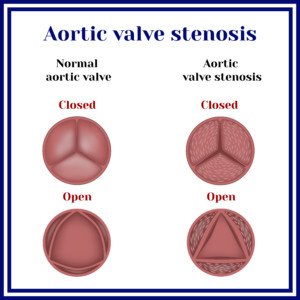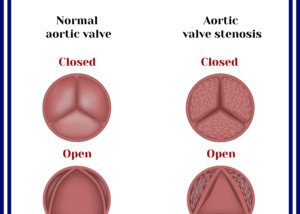A breakthrough has been made in the TAVR technique for frail elderly patients at risk for suffering a fatal complication from the procedure – in which the coronary arteries become obstructed.
Though the coronary artery obstruction is a rare complication, it’s lethal in over half those who suffer it.
A technique was developed to prevent the obstruction: bioprosthetic aortic scallop intentional laceration to prevent iatrogenic coronary artery obstruction (BASILICA).
What exactly is TAVR?
Transcatheter aortic valve replacement is a treatment for aortic valve disease, namely stenosis or narrowing of the valve.

Source: Shutterstock/Mrs_Bazilio
The procedure involves threading a long and thin, flexible tube through the femoral artery of the thigh and feeding it through to the heart.
Without treatment a patient will suffer from impaired blood flow to the organs, plus symptoms such as shortness of breath, chest pain and fainting. No treatment can mean death.
TAVR is an option for elderly or frail patients for whom open heart surgery is too risky.
But a small percentage of elderly or frail patients who receive TAVR develop coronary artery obstruction during the procedure.
What causes the obstruction?
Once the tube or catheter is inside the heart, a balloon is inflated to open up a new valve within the diseased aortic valve.
“Coronary artery obstruction is a potentially fatal complication when a TAVR is done in a patient who had previously undergone an aortic valve replacement with a bioprosthetic valve and is now being considered for TAVR and has a short distance from the aortic valve level to the origin of the coronary artery,” explains Asim Cheema, MD, who’s board certified in internal medicine, cardiovascular diseases and interventional cardiology by the American Board of Internal Medicine. Dr. Cheema is with Your Doctors Online, an online doctor chat site.
“In this situation, if a TAVR is done, there is a risk that the leaflets of bioprosthetic valve are ‘stuck open’ against the origin of the coronary artery by the newly implanted TAVR valve cage,” continues Dr. Cheema.
“If this were to happen, there will be no flow to the coronary artery and to the heart, and the patient will die unless the compromised origin of the coronary artery is quickly opened again — which is very challenging to do during the TAVR case.”
Solution: BASILICA
Previously, a stent was used to open the coronary artery, but this has poor long-term outcomes.
“One of the strategies proposed to address this potential complication is to perform laceration or intentional tear of the bioprosthetic valve leaflet prior to TAVR valve implantation, using a wire that divides the ‘culprit’ leaflet in the middle,” explains Dr. Cheema.
“If this is successful, then when a TAVR valve is implanted, the ‘stuck open’ leaflet separates in the middle — not causing obstruction to the origin of the coronary artery — avoiding a potential complication.”











































